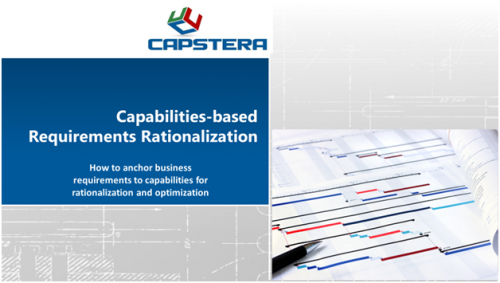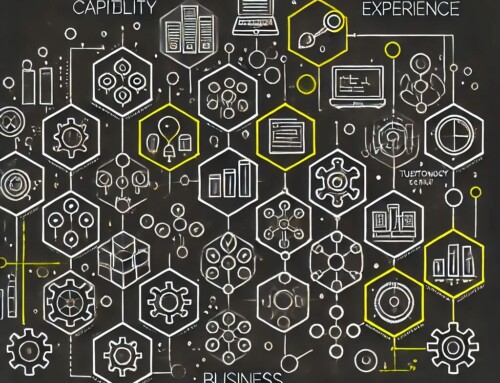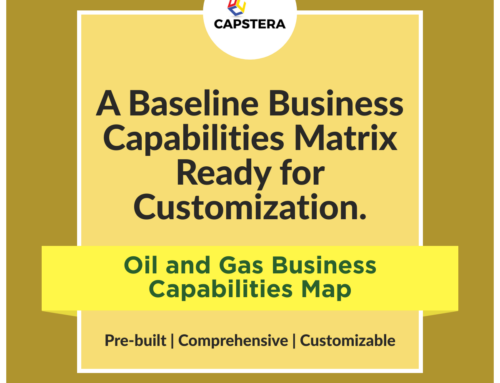
What is the difference between a business capability and a business process? If you have spent any time with folks from enterprise architecture, business architecture, and process modeling/reengineering, you’ve inevitably come across this argument about business capabilities and processes:
“Between Capabilities and Processes, which is more important?”
“Capabilities, which represent “What” a business does, are stable, while “Processes,” which represent the “How,” are ephemeral.”
“Processes are real and realizable, and Capabilities are abstract and conceptual.”
Suppose you do not belong to a particular school of thought and are not wedded to either the business process camp or business capabilities camp. In that case, the reality is that each has its value in modeling and encapsulating the essence of an enterprise.
-
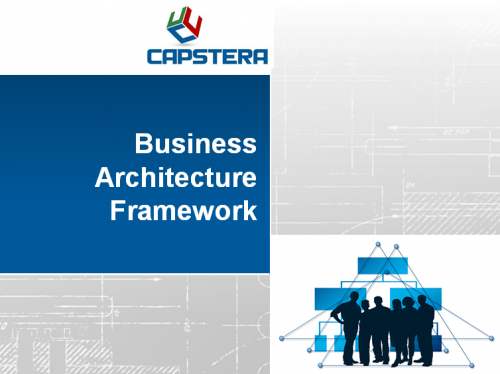
Business Architecture Framework Template
-
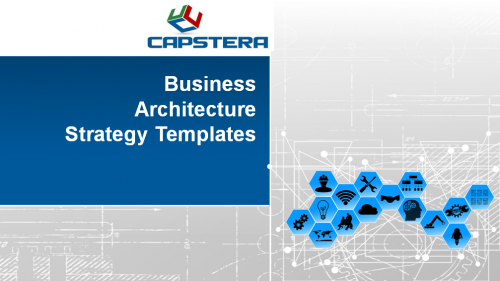
Business Architecture Strategy Templates
Instead of hoisting capabilities or processes on a pedestal at the exclusion of others, the best path is to adopt an “all of the above” model with a specific set of deliverables based on particular needs.
The business process camp argues that a company is interested in how to get things done, and process models are an excellent depiction of how the business flows. However, they claim that since capabilities are self-contained and abstract concepts, they only capture the structure, not the flow. Furthermore, they lament that a process does not become a capability just because one uses a noun instead of a verb.
The business capability camp argues that they are volatile since processes can frequently change due to technology advances, regulations, internal policies, channel preferences, etc. Hence, it is not wise to model an enterprise on process models. Instead, they profess that business capabilities capture the essence of what a business does and focuses on the outcomes. A well-defined capability set is mutually exclusive and collectively exhaustive, hence a more stable base for modeling an enterprise.
There is truth to both arguments. However, it is also important to note that capturing the essence of a complex enterprise into a single overarching model is impossible. Instead of hoisting capabilities or processes on a pedestal at the exclusion of others, the best path is to adopt an “all of the above” model with a specific set of deliverables based on particular needs.
Knowing the capabilities or focusing on flows will not provide an accurate picture or help run a business better. However, business modeling and architecting is a nuanced and multi-layered approach essential to success.
The following is an approach suggested by Capstera. As a capabilities-driven framework and software, we believe that capabilities form the cornerstone of business architecture as they are more precise, stable, eminently scalable and manageable, and focused on outcomes.
The strategy or the “Why” should determine the path forward. Then defining and associating the capabilities required to execute the strategy is the next step. Once you know what outcomes you are focused on and what capabilities are needed to accomplish the same, the value streams or processes will be required to weave together the workflow and activities. Finally, after the why, what, and how, you can layer in who, where, when, and how much for maximum business impact.
So the next time the discussion arises about whether processes or capabilities are essential and which takes primacy, you know how to be the level-headed facilitator who focuses on a convergence of capabilities and processes, not their divergence.
So it is not material. What is the difference between a business capability and a business process? More important is how we coherently complement business capabilities and processes in an overall business architecture approach. Now you know the difference between a business capability and a business process.
-

Business Architecture Framework Template
-

Business Architecture Strategy Templates

